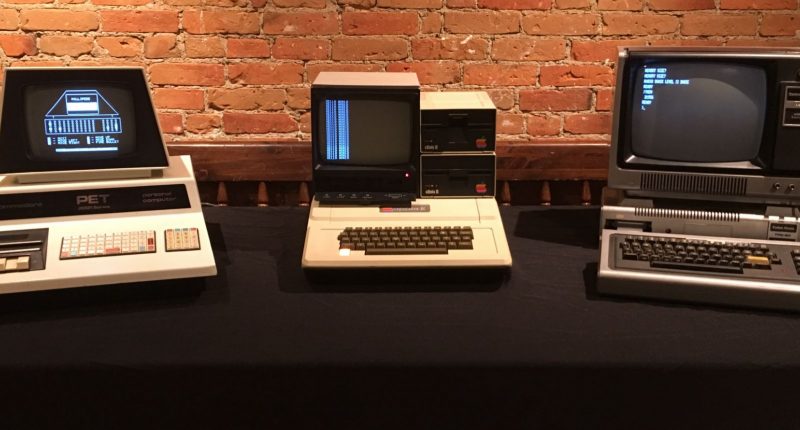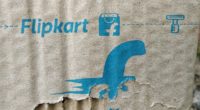The coronavirus pandemic has been bittersweet for the PC industry, and more of a revolution than a disaster. In Q2, the PC market shrunk by 33% in India to delivery just 2.9 million devices countrywide. While the market being reduced to just 2/3rd of its previous size may seem daunting, the Canalys report suggests that the quarter was very strong for the industry, especially Notebooks and Tablets, and the PC industry might be at a rise again.
“The top-line numbers don’t tell the whole story. This was actually a strong quarter for PCs,” said Canalys Research Analyst Varun Kannan. “Discounting Lenovo’s ELCOT deal in Q2 2019 with the Government of Tamil Nadu, notebooks have actually grown 15% compared with the same period last year. Given that the quarter had just 45 operational days, that is an incredible feat.”
The coronavirus enforced lockdown has led to many IT companies reworking their work directives, leading to many like TCS, HCL, Infosys and Wipro announcing arrangements for employees to work from home for the foreseeable future. This includes supplementing new PCs to their employees, mostly notebooks, which has caused a massive uprise in the demand for the sleek, portable devices.
“The COVID-19 pandemic forced most IT companies in India to forego their strict office-based working policies in favor of adopting new hybrid working arrangements to ensure business continuity during the lockdown. This led to panic-buying of PCs and accessories, cleaning out inventories almost everywhere in the country. The days of writing off inventory with markdowns and discounts have vanished.”
While the demand for Desktop PCs fell by 50% to 440,000,as compared to the 884,000in Q2 2019, notebook shipment only fell by 32%, mostly due to an unusually strong Q2 in 2019. Tablets were probably the least affected, seeing only a 9% decline in shipments to 740,000 units.
Now, going to the scoreboard, Lenovo managed to retain its position at the top, with a 27.4% market share, shipping 818,000 PCs; its tablet business giving it the edge over its competitor and accounting for more than a quarter of its total shipments (29%). HP, on other other hand, relied on its strong presence in the desktop and notebook markets, leading both categories with 572,000 and 119,000 units respectively. These titles helped the company secure the second position in the market, with a total of 692,000 shipments and a 23.2% market share.
Dell came in third with 379,000 shipments over the quarter, securing a 12.7% piece of the total market. Samsung, on the other hand, was the only company amongst the top 5 to actually grow its shipment over the year, witnessing a 63% jump in demand backed up by its strong tablet business. On a total, the South Korean tech giant managed to ship 173,000 units over the country with a 5.8% market share. Acer came in at fifth, shipping 168,000 units, lending itself a 5.6% share in the market.
“Despite the boost, the PC industry still faces an unstable future,” added Kannan. “A slow return to normal will prompt many companies to reduce spending or even downsize, which will have a rollover effect on IT expenditure. But online learning will remain a bright spot in the coming quarters, driven by government and private technology companies’ initiatives, and PC hardware vendors should follow up quickly to capture the opportunities arising in this segment.”
The Tech Portal is published by Blue Box Media Private Limited. Our investors have no influence over our reporting. Read our full Ownership and Funding Disclosure →






